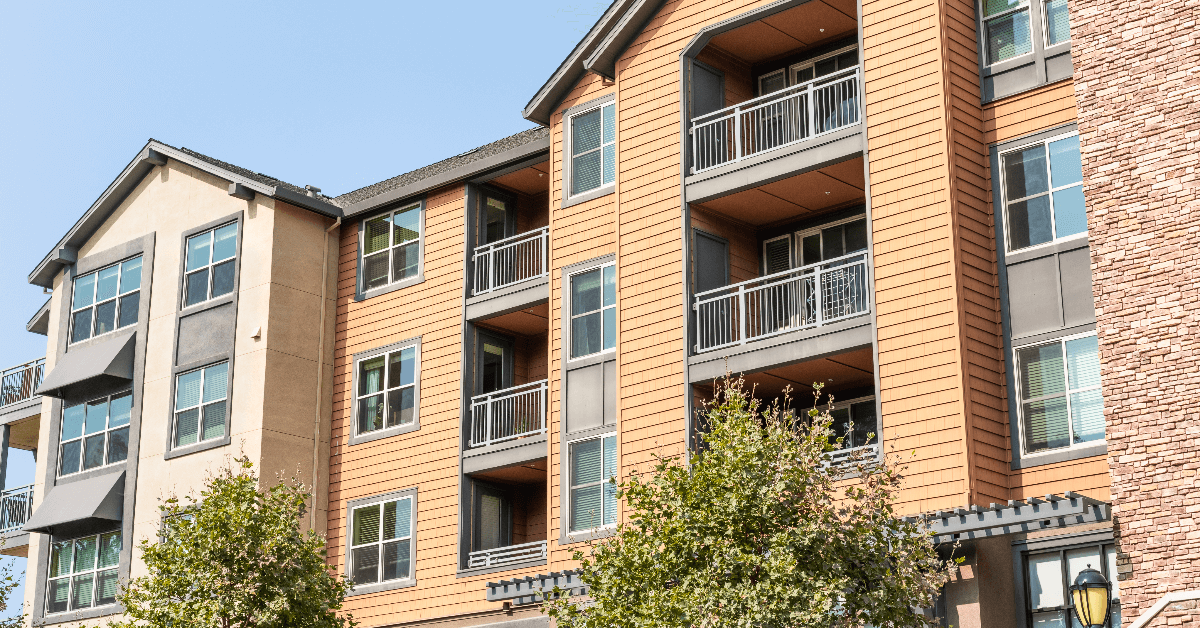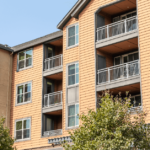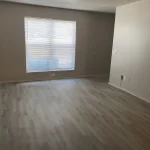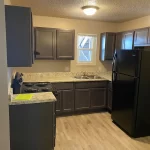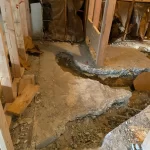Across the nation, a quiet but powerful movement is reshaping how communities think about both housing and faith spaces. Churches that once filled pews on Sunday mornings are now finding new ways to serve their neighborhoods every day of the week. With attendance declining in many areas and real estate costs skyrocketing, these properties are being reimagined into something profoundly impactful: churches affordable housing conversions. For families struggling with rising rents and shrinking housing options, this trend offers more than just a roof—it offers hope. Thanks to supportive policies like the YIGBY law and innovative approaches such as the Faith Land Housing Act, faith leaders are helping close the housing gap.
In this blog, we’ll explore why churches are ideal for conversions, how laws like SB 4 in California are smoothing the path, and what it takes for affordable housing faith institutions to get started in transforming their properties into homes for those who need them most.
Why Churches Are Ideal for Affordable Housing
When communities talk about solutions for the housing crisis, churches often aren’t the first properties that come to mind. Yet, they hold enormous potential:
- Location Advantage: Many churches sit on central plots of land close to public transit, schools, and services.
- Underutilized Property: Declining attendance leaves vast areas of sanctuaries, classrooms, and parking lots unused.
- Community Trust: Churches already serve as community anchors, making faith-based affordable housing projects more acceptable to neighbors.
- Adaptive Reuse: Converting sacred spaces through adaptive reuse sacred spaces allows churches to preserve history while solving modern needs.
With zoning reforms supporting church land affordable housing, these institutions are perfectly positioned to bridge the gap between faith and action.
How California’s YIGBY Law (SB 4) Makes It Easier
California leads the nation with forward-thinking policies. The YIGBY law, short for “Yes In God’s Backyard,” passed under SB 4 in California, empowers faith-based groups to bypass some of the bureaucratic red tape that has historically delayed housing projects.
Here’s what makes it a game-changer:
- Ministerial Approval Housing: Churches can gain approvals without lengthy discretionary hearings.
- CEQA Relief: Many projects qualify for CEQA exemptions for housing, cutting down years of delay.
- Statewide Standard: It applies broadly across the state, offering consistency for developers and affordable housing faith institutions alike.
By passing the Faith-Based Land Housing Act, California recognized that religious organizations hold both the land and the mission to tackle the crisis. This policy shift has opened the door for large-scale churches’ affordable housing conversions, creating opportunities previously out of reach.
Benefits: Fast Permitting, Reduced CEQA, Community Goodwill
The biggest barrier to building new housing in California is not a lack of ideas but a tangle of regulations. By aligning with the YIGBY law, churches now enjoy significant benefits:
- Fast Permitting: Ministerial processes mean churches don’t wait years for approvals.
- Reduced CEQA Burden: Thanks to reforms and CEQA housing reform, many projects avoid costly environmental reviews.
- Community Goodwill: Projects launched by trusted institutions strengthen ties, often facing less neighborhood opposition.
- Affordable Housing Tax Credits: Partnering with developers allows access to financing tools, reinforcing project success.
Pair these advantages with the push for adaptive reuse of church property, and faith groups have a practical roadmap to become leaders in solving housing shortages.
Success Stories: Church-to-Housing Transformations
Across the state, real-world examples show what’s possible when vision meets policy:
- Walnut Creek (Grace Presbyterian Church) – “Hope Village” micro-homes on a church parking lot
This project stands as one of the most inspiring churches affordable housing conversions in California. Six cottage homes were developed on underused church land to provide dignified housing for people exiting homelessness. Led by Hope Solutions, this effort showed how faith-based affordable housing can transform unused property into a safe community space. - Walnut Creek (St. Paul’s Episcopal Church) – St. Paul’s Commons, mixed-use with services
St. Paul’s Commons highlights the power of adaptive reuse sacred spaces. This 44–45-unit affordable housing community sits on church property and integrates the Trinity Center’s supportive services on the ground floor. Completed in 2020 and rated GreenPoint Platinum, it demonstrates how affordable housing faith institutions can combine worship, housing, and social support in one location. - San José (Cathedral of Faith) – Large, affordable community planned on church parking lots
Under the YIGBY law (SB 4 California), the Cathedral of Faith partnered with Sand Hill Property Co. to reimagine 13.4 acres of church land into ~237 100% affordable homes. By utilizing ministerial approval housing, this project illustrates how church land affordable housing can move from vision to reality more quickly. - Los Angeles County (East Whittier United Methodist Church) – 60 homes in the pipeline
The congregation advanced plans to build ~60 affordable units on its underused parking lot, highlighted amid the SB 4/YIGBY push.
Testimonials
- “This is affordable housing done right.” — William Goodwin, affordable housing advocate, on Hope Village at Grace Presbyterian Church. CBS News
- “We love our city… The Cathedral of Faith has always had a heart to serve the community, and we believe the affordable housing project is the best way we can currently do that.” — Pastor Ken Forman, Cathedral of Faith (San José). SFGATE
These churches’ affordable housing conversions are more than construction projects—they’re lifelines. They show how adaptive reuse sacred spaces can meet both spiritual and material needs.
How Faith Institutions Can Get Started
Church leaders may wonder how to move from vision to reality. Here are practical steps for launching church land affordable housing projects:
- Evaluate Property Potential
- Review underutilized land or buildings suitable for adaptive reuse of church property.
- Understand Legal Pathways
- Explore opportunities through SB 4 California, the YIGBY law, and other reforms.
- Find Development Partners
- Work with experienced developers familiar with affordable housing faith institution projects.
- Secure Financing
- Tap into affordable housing tax credits and other incentives.
- Engage the Community
- Build support by showing how housing aligns with your mission of service.
With the right guidance, churches can transform their property into homes that restore dignity and provide stability.
The Future: Faith & Affordable Housing Partnerships
Looking ahead, the potential for churches’ affordable housing conversions is enormous. As more laws like California housing legislation 2025 encourage partnerships, we can expect to see growth in projects that merge community service with practical housing solutions.
- Expanding YIGBY Influence: The YIGBY law may inspire similar legislation nationwide.
- Broader Faith Engagement: Synagogues, mosques, and temples may follow churches in pursuing faith-based affordable housing models.
- Sustainability Goals: Adaptive reuse of sacred spaces not only provides homes but also promotes eco-friendly development.
With support from policymakers, the housing production boost created by faith institutions will continue reshaping neighborhoods. Faith leaders have always been voices for justice—now they’re becoming builders of homes, too.
Key Takeaways: Faith at Work in Housing
The rise of churches’ affordable housing conversions proves that even in the face of a daunting housing crisis, creative solutions exist. With help from the YIGBY law, SB 4 California, and the faith land Housing Act, churches are moving from ideas to action. By embracing adaptive reuse of church property, these institutions are showing how faith can directly translate into safe, stable housing for families.
The path forward is clear: faith and housing don’t just coexist—they strengthen one another. If your institution is ready to explore opportunities for affordable housing, contact us today to start building the future your community deserves.

